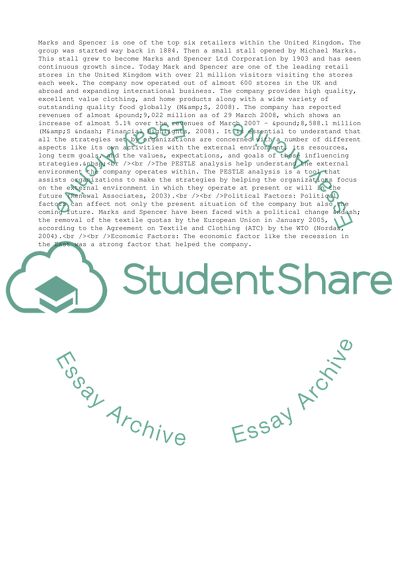Cite this document
(Understanding the Macro and Micro Environmental Factors for Marks and Case Study, n.d.)
Understanding the Macro and Micro Environmental Factors for Marks and Case Study. https://studentshare.org/business/1717670-strategic-management
Understanding the Macro and Micro Environmental Factors for Marks and Case Study. https://studentshare.org/business/1717670-strategic-management
(Understanding the Macro and Micro Environmental Factors for Marks and Case Study)
Understanding the Macro and Micro Environmental Factors for Marks and Case Study. https://studentshare.org/business/1717670-strategic-management.
Understanding the Macro and Micro Environmental Factors for Marks and Case Study. https://studentshare.org/business/1717670-strategic-management.
“Understanding the Macro and Micro Environmental Factors for Marks and Case Study”. https://studentshare.org/business/1717670-strategic-management.


